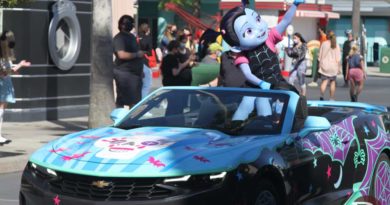Marvel’s WandaVision S1 Ep 1-3: Maggie’s Review
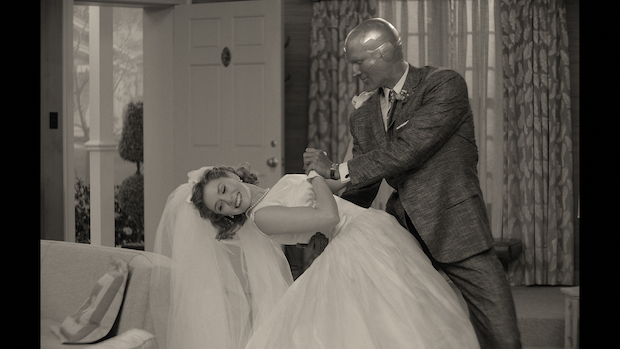
Called “a blend of classic television and the Marvel Cinematic Universe,” “WandaVision” premiered Friday, January 15th on Disney+. After a two episode debut, the show will be released weekly every Friday on Disney+. “WandaVision,” starring Elizabeth Olsen as Wanda Maximoff and Paul Bettany as Vision, explores the characters’ established relationship through the lens of different classic sitcom tropes and settings. Director Matt Shakman says, “It was really important to us from the get-go that we weren’t parodying sitcoms. We studied tone and style from era to era. We wanted to make sure the actors were really fluent in all of these different styles. So, we had a sitcom bootcamp with the cast before we began. We watched old episodes and we tried on different styles to figure out the physicality and the sound for each era.” In addition to returning actors Teyonah Parris (“Captain Marvel”), Randall Park (“Ant-man and the Wasp”) and Kat Dennings (“Thor,” “Thor: The Dark World”), the show features Kathryn Hahn as Wanda and Vision’s nosy neighbor.
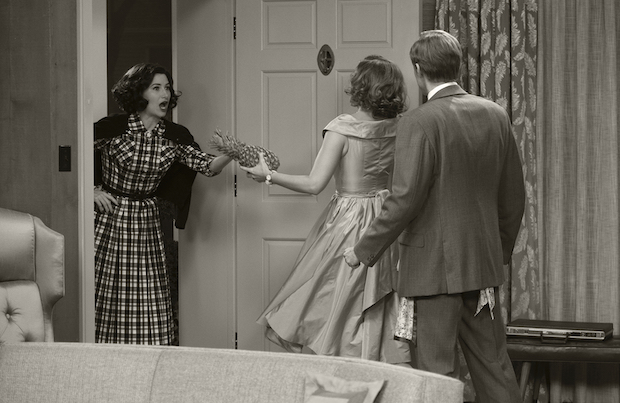
The first episode, “Filmed Before a Live Studio Audience,” opens with Wanda and Vision beginning their life as a newly married couple in an idyllic 1950’s suburban neighborhood, a la “I Love Lucy” or “Leave It To Beaver.” A surprise dinner party throws the couple for a loop and makes them question who they are. This was a very successful first episode, finding a perfect weirdness that made every laugh track and jaunty transition feel ominous. Olsen ditches Maximoff’s “Sokovian” accent in favor of a mid-century TV persona, blending charm and haplessness. Vision’s role in the show strays from the omniscient and omnipotent figure of the films, to a bumbling robotic husband trying to fit in with the humans at work. The show’s final moments capture the happy-ending of a typical sitcom, only for the last shot to remind the audience that nothing is what it seems.
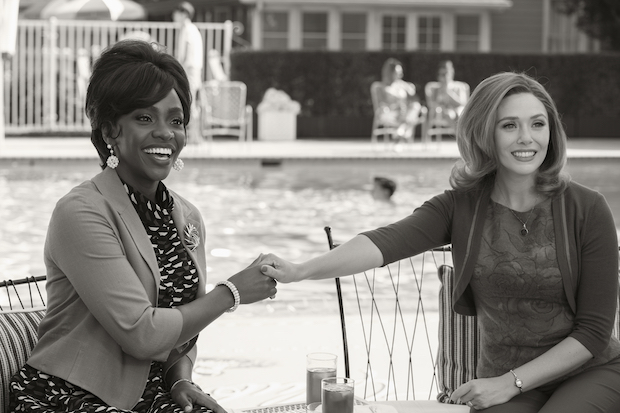
In Episode 2: “Don’t Touch That Dial,” moves into a 1960’s setting (Wanda wears pants!) and the couple has to navigate socializing without giving away their secrets. The episode begins with an animated theme sequence that pays homage to “Betwiched.” Vision and Wanda are planning for a magic show performance in the neighborhood talent show, but Wanda’s run in with a neighborhood busy body (Emma Caulfield Ford) gives her the first inkling that the humans might not be as naive as they seem. “WandaVision” maintains a balance that is hard to strike, with slapstick humor and magic hijinks cut sharply with moments more suited to “The Twilight Zone.” This blend keeps the viewer on their toes and on the lookout for cameos and clues from the rest of the MCU. “Don’t Touch That Dial” ends with an ominous cameo that is reversed by Wanda before the final scene slides from black and white to technicolor.
[Spoilers] It’s impossible to talk about episode 3 without spoiling a cliffhanger from the prior episode, so if you’d like to avoid that, come back later.
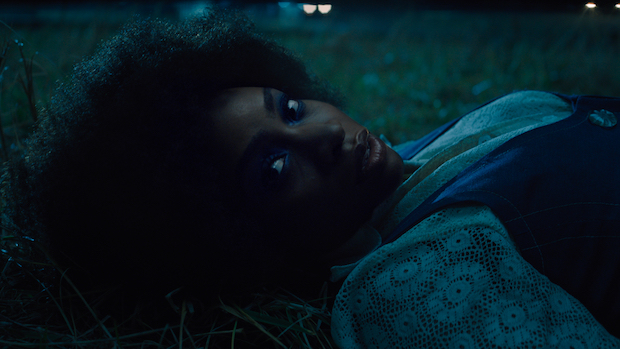
Episode 3, “Now in Color,” is where things get really weird. The couple now lives in splashy color, as the show progresses into the 1970s a la “The Brady Bunch,” complete with long straight hair, chunky sweaters and orange shag carpet. Wanda, revealed to be pregnant at the end of “Don’t Touch That Dial,” and Vision go through the entire course of a pregnancy up to delivery in the space of a day. Geraldine (known as Monica Rambeau in “Captain Marvel”) spends some quality time with Wanda, but a slip up reveals that she knows more about Wanda’s past than even in Wanda herself. Meanwhile, Vision’s encounters with the neighbors lead him to believe that they might not be the only ones trapped in this strange reality. While this episode had the most overt hints that something wrong (keep an eye out for Hydra products and an ovular logo with an upside down cross), it continues to bathe in the tropes of this era of television, replete with corny jokes, old timey sexism and a perpetually baffled husband. “Now in Color” highlights something “WandaVision” has been doing well all along: packing the perfect balance of parody and sincerity into 22 to 25 minutes of television.

